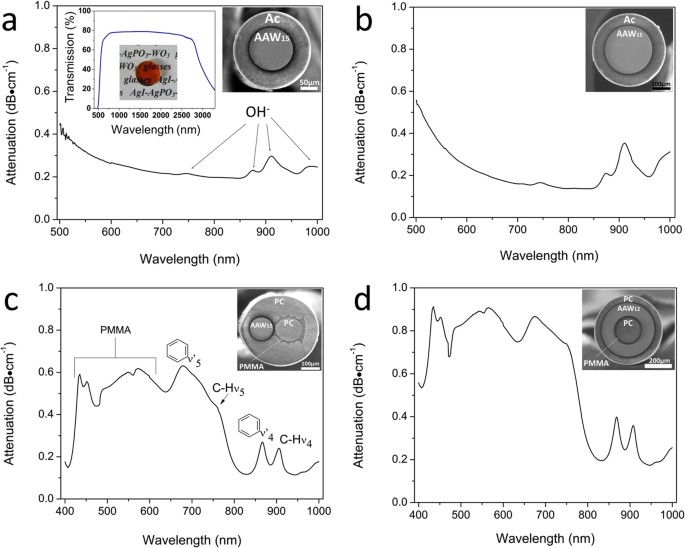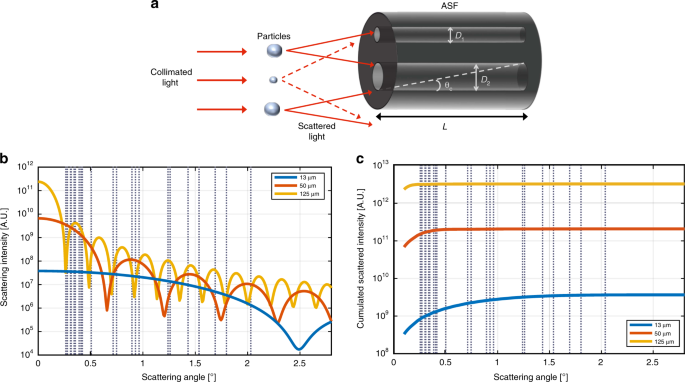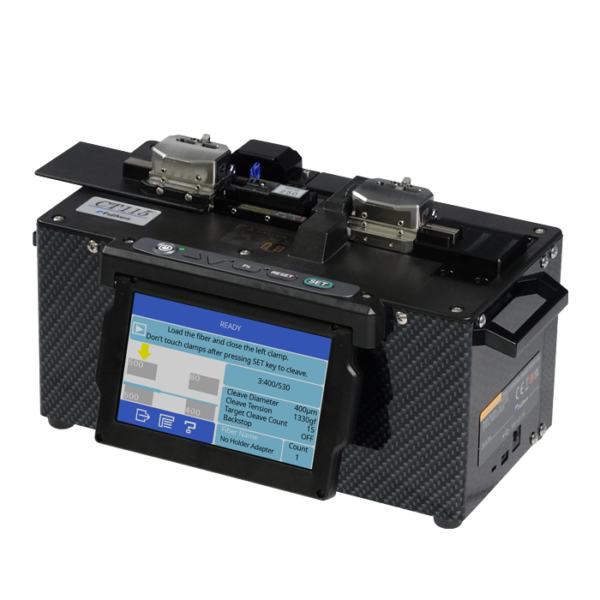Maximize Your Fiber Optic Performance: Comprehending Optical Fibre Diameter Analyser Technology
The efficiency of fibre optic systems is seriously influenced by the accuracy of their diameter, a variable usually neglected in the search of optimum signal honesty. Recognizing the innovation behind optical fiber size analysers exposes the detailed balance between dimension precision and manufacturing high quality. These gadgets not just improve conformity with sector criteria however additionally provide real-time insights that can preemptively deal with possible issues. The ramifications of their usage extend beyond mere measurement; they can basically change the landscape of fiber optic efficiency. What elements should one consider to harness their complete potential?
Relevance of Optical Fiber Diameter
The size of optical fiber plays a crucial duty in identifying the performance and efficiency of interaction systems. On the other hand, smaller sizes often tend to support fewer settings, which can improve signal clearness and minimize crosstalk.

In addition, recognizing the size's effects can cause set you back savings by minimizing the demand for signal amplification and repeaters in substantial networks (optical fibre diameter analyser). Finally, the significance of optical fiber diameter can not be overemphasized, as it directly influences the overall performance and dependability of modern-day communication systems

Just How Diameter Impacts Signal Quality
Signal high quality in optical fibre systems pivots dramatically on the diameter of the fibre. The size affects numerous essential parameters, including depletion, transmission capacity, and modal dispersion. A smaller size can bring about higher attenuation rates, leading to signal loss as light travels through the fiber. This depletion can jeopardize the honesty of the transmitted information, bring about a decline in signal top quality, especially over cross countries.
Conversely, larger diameters generally enable enhanced light capture and minimized modal dispersion, enhancing signal clarity. In multimode fibres, a larger core diameter can sustain several light settings, but it might also introduce intermodal dispersion, which can break down signal top quality. As a result, choosing the optimum fiber size is vital for accomplishing the preferred efficiency in certain applications.
In addition, the communication in between the fiber diameter and the wavelength of the light utilized plays a critical role in identifying the reliable transmission range and total signal honesty. Recognizing how fibre diameter influences signal top quality is necessary for network designers and engineers striving to maximize optical fibre systems for dependable, high-speed information transmission.
Summary of Size Analyser Technology
In lots of optical fibre production processes, accurate measurement of fiber diameter is important for ensuring regular efficiency and high quality (optical fibre diameter analyser). Diameter analysers are sophisticated tools designed to assess the physical dimensions of optical fibres with high precision. They employ sophisticated optical and laser innovations to gauge the size, ovality, and concentricity of the fibre, therefore providing essential data for quality assurance
These analysers can operate in-line during the production procedure or as component of off-line screening methods. In-line systems make it possible for real-time monitoring, permitting suppliers to readjust specifications immediately, thereby keeping optimum production problems. Off-line analysers, on the various other hand, offer detailed analyses of batches, making certain that any inconsistencies from specified tolerances are recognized and attended to.
Size analysers considerably add to the decrease of issues in optical fibres, improving total item dependability. By consistently measuring vital specifications, these technologies promote conformity with sector standards and specs. As the need for high-performance optical fibres remains to rise, the role of diameter analysers comes to be significantly essential in attaining the wanted high quality and efficiency standards in fiber optic systems.
Trick Functions of Fibre Size Analysers
Although different models discover this of fibre size analysers exist, they commonly share several essential attributes that improve their capability and reliability. One of the most considerable functions is high-resolution measurement capabilities, which make certain precise size analyses, vital for keeping quality assurance in fibre production. Additionally, several analysers incorporate innovative why not try these out optical sensing units created to find minute variations in fibre diameter, therefore supplying indispensable data for procedure optimization.
Another vital feature is real-time monitoring, enabling drivers to receive immediate feedback on fibre diameter throughout the manufacturing process (optical fibre diameter analyser). This capability promotes fast adjustments and lowers the probability of flaws. Lots of analysers additionally come furnished with user-friendly user interfaces, allowing operators to quickly browse with setups and information outputs
Additionally, robust information storage space and evaluation functionalities are necessary for tracking historical performance patterns and ensuring compliance with market criteria. These features jointly add to the efficiency of fibre diameter analysers in maximizing fibre optic performance.
Ideal Practices for Fiber Optimization

First, normal calibration of optical fibre diameter analysers is vital. This ensures accurate measurements and reduces potential disparities that can impact efficiency. Next off, keeping a clean workplace is important; dirt and pollutants can cause signal deterioration.
In addition, it is important to choose fibres that meet certain application needs. This involves examining elements such as attenuation, data transfer, and environmental problems. Appropriate setup techniques ought to also be complied with, including avoiding sharp bends and excessive tension, which can compromise fiber stability.
In addition, using sophisticated tracking systems can promote real-time performance analyses, making it possible for punctual recognition of issues. Routine testing and upkeep need to be performed to make sure that fibres remain within ideal operational parameters.
Lastly, training employees on the current fiber optimization technologies and methodologies will certainly improve their capacity to carry out efficient strategies. By following these ideal techniques, companies can substantially enhance the efficiency and lifespan of their optical fibre systems, making certain effective interaction and data transfer.
Final Thought
Finally, the combination of optical fiber size analyser innovation is essential for taking full advantage of fibre optic performance. By making sure exact dimensions of fiber measurements, these analysers significantly improve signal top quality and reduce losses during data transmission. Normal calibration and upkeep of the analysers are necessary to copyright optimal performance and compliance with market standards. Ultimately, the application of this technology promotes improved data transmission prices and enhances signal honesty, contributing to the overall efficiency of fiber optic systems.
Signal high quality in optical fiber systems hinges substantially on the size of the find here fiber.In several optical fiber production processes, accurate dimension of fibre diameter is necessary for making sure constant performance and high quality. As the need for high-performance optical fibres proceeds to climb, the duty of diameter analysers comes to be increasingly important in accomplishing the preferred quality and efficiency requirements in fibre optic systems.
These functions jointly contribute to the efficiency of fiber size analysers in maximizing fiber optic efficiency.
In final thought, the integration of optical fiber diameter analyser modern technology is crucial for making best use of fibre optic performance.